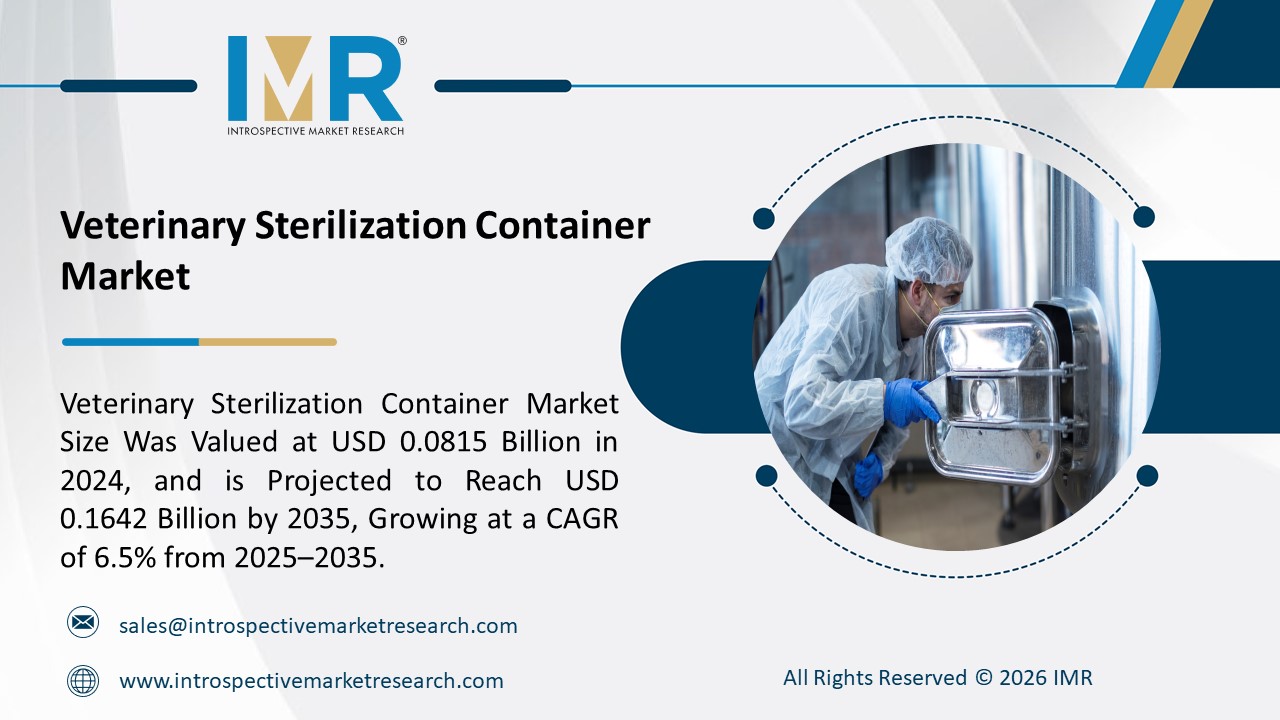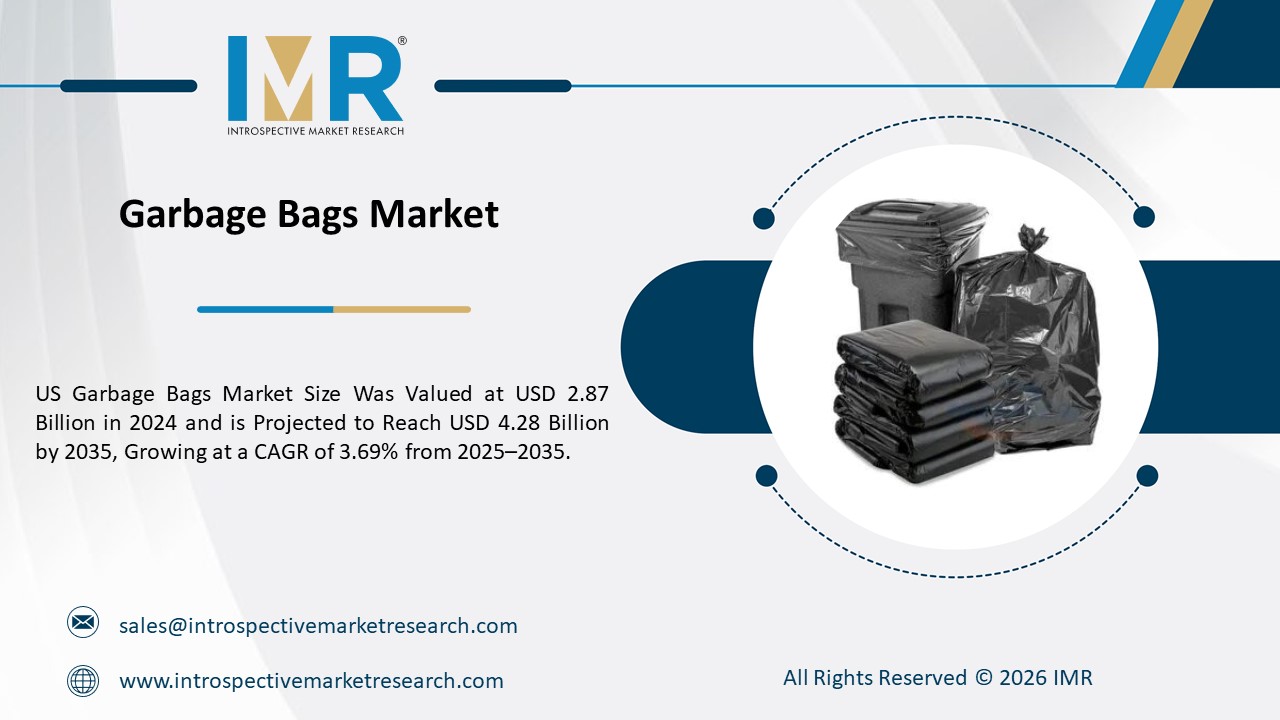
The Global Smart Surface Market size is expected to grow from USD 10.28 billion in 2022 to USD 356.89 billion by 2030, at a CAGR of 55.8% during the forecast period (2023-2030).
Any material surface that will simultaneously reorganize its morphology or self-upgrade its functionality in response to environmental changes is considered smart surface. The term "smart surfaces" refers to a wide range of technologies and technological approaches. These smart surfaces are driven by electronic, biological, or chemical functions. Planar technologies are ideal candidates for smart surfaces. The automotive, aerospace, and construction industries, among others, are some of the industries in which the market for smart surfaces is particularly active. The analyst says that firms like Yanfeng Automotive and Fischer Automotive are making significant investments in the smart surfaces market. They offer a smooth surface with lights and interaction. The self-cleaning material is primarily utilized in automobiles, architecture, and infrastructure construction.
Top Key Players Covered In The Smart Surfaces Market:
- 3M Company (U.S.)
- Clariant AG (Switzerland)
- Debiotech SA (Switzerland)
- DowDuPont Inc. (U.S.)
- Gentex Corporation (U.S.)
- HZO Inc. (U.S.)
- NanoShine Ltd. (Australia)
- Nanotron Technologies GmbH. (Germany)
- P2i Ltd. (U.K.) and Other Major Players.
Market Dynamics and Factors:
Growing demand for anti-microbial surfaces in the healthcare sector is driving the smart surfaces market. Smart surfaces, which are surfaces that can respond to changes in their environment or be controlled by external stimuli, are being developed to enhance the effectiveness of anti-microbial surfaces in healthcare. For example, some smart surfaces can detect the presence of bacteria or other contaminants and trigger a self-cleaning or disinfecting mechanism. The demand for smart surfaces in healthcare is also being driven by the need to reduce healthcare-associated infections (HAIs), which are a major problem in hospitals and other healthcare settings. HAIs can result in serious illness and even death, and they are estimated to cost the healthcare industry billions of dollars each year.
Innovations in Technology and Demand from Big Data and IoT are expected to drive the smart surfaces market in the future. Smart surfaces can be integrated with sensors and other electronic components to collect and transmit data in real time, which can be used to improve efficiency, safety, and performance in a variety of industries. One opportunity for the smart surfaces market is in the field of smart homes and buildings. With the growing popularity of IoT devices, there is a need for smart surfaces that can communicate with these devices and provide real-time data on occupancy, temperature, lighting, and other environmental factors. Smart surfaces can also be used to control heating and cooling systems, lighting, and other building functions, helping to reduce energy consumption and improve sustainability.
Smart Surfaces Market Report Highlight:
- By type, the Self-Healing segment is anticipated to lead the growth of the Smart Surfaces market in the forecasted timeframe. The heavy demand from the transportation industry especially from infrastructure and vehicles is boosting the growth of the market.
- By application, the transportation segment is expected to have the highest share of the Smart Surfaces market over the projected period. Self-assembly is related to the procedure in which a disordered system of the existing components is converted into an organized structure or pattern due to local interactions among multiple components themselves
- The North American region is expected to have the highest share of the Smart Surfaces market over the projected period. Due to their increasing use in transportation, healthcare, and defense industries. The fastest-growing demand for smart surfaces in North America is expected to come from the solar energy industry.
Key Industry Development:
- In January 2021, 3M company partnered with the Massachusetts Institute of Technology (MIT) to develop new smart surfaces for a variety of applications, including energy generation and storage.
Smart Surfaces Market Segmentation:
By Type
- Self-Healing Materials
- Self-Cleaning
- Others
By Application
- Construction
- Energy
- Transportation
- Healthcare
- Electronics
- Others
For this report, Introspective Market Research has segmented the Smart Surfaces Market based on region:
Regional Outlook (Revenue in USD Million; Volume in Units, 2022-2028)
North America
- The U.S.
- Canada
- Mexico
Eastern Europe
- Russia
- Bulgaria
- The Czech Republic
- Hungary
- Poland
- Romania
- Rest of Eastern Europe
Western Europe
- Germany
- UK
- France
- Netherlands
- Italy
- Spain
- Rest of Western Europe
Asia Pacific
- China
- India
- Japan
- Singapore
- Australia
- New-Zealand
- Rest of APAC
Middle East & Africa
- Turkey
- Saudi Arabia
- Qatar
- UAE
- Israel
- South Africa
South America
- Brazil
- Argentina
- Rest of SA





